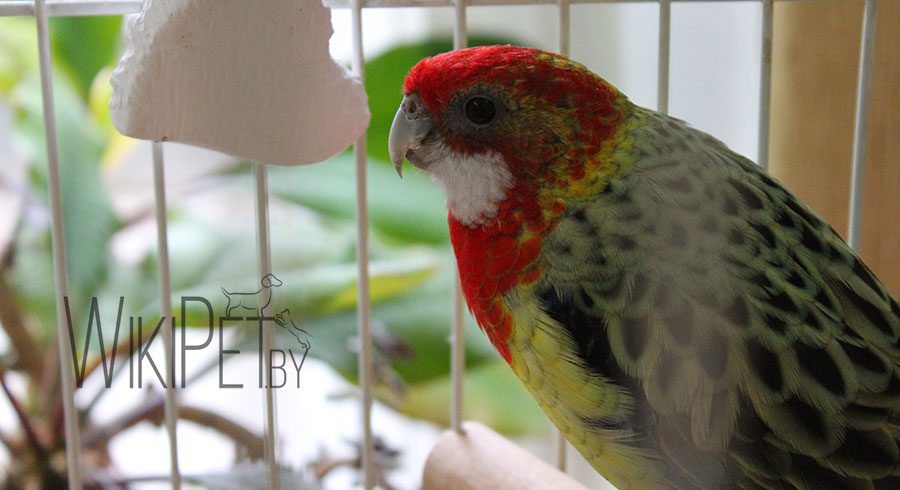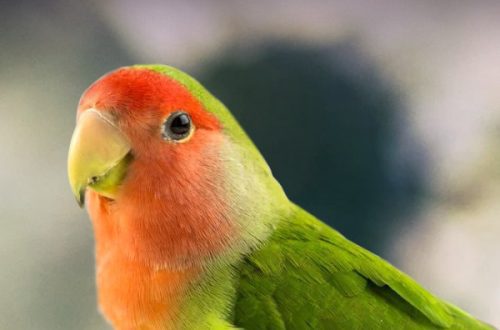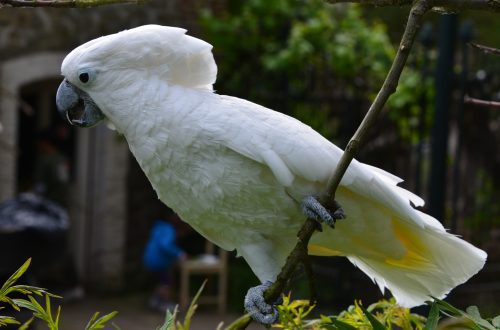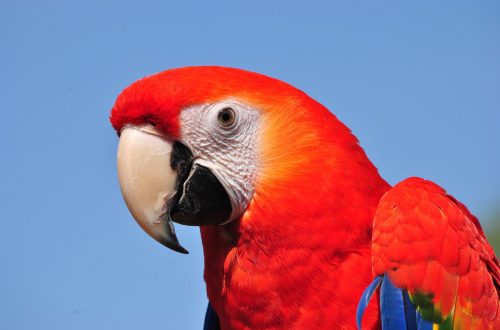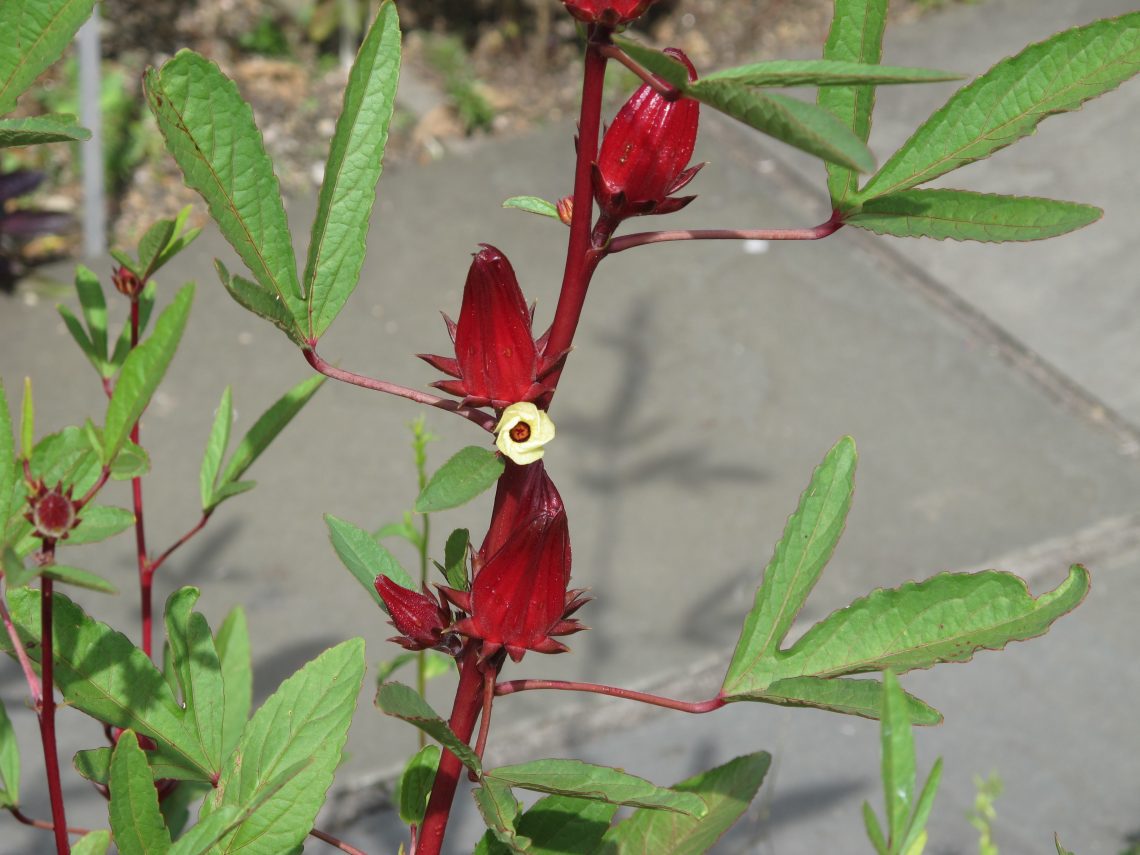
Roselle
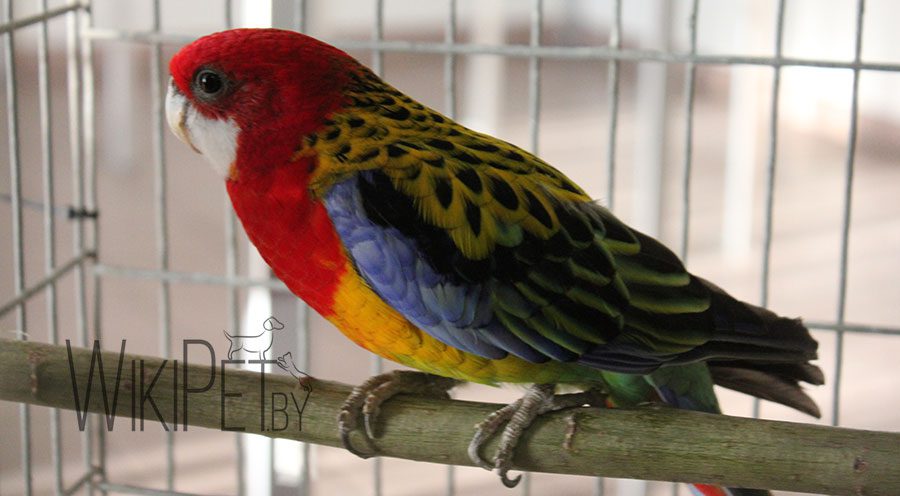 Rosellas are frequent guests in the house as feathered pets. They are very beautiful in appearance, rather quiet birds of medium size. Some individuals have the ability to reproduce speech, but usually their vocabulary is limited to a few words. They can be trained to whistle simple melodies. Rosellas are quite gentle birds and can be prone to stress, especially adult untamed birds. For these reasons, birds may even begin to pluck themselves. The disadvantages include the often shown aggression towards other types of parrots. There are completely opposite opinions in this regard, but you should not take risks and keep these birds together with others. Parrots tend to gnaw on everything they can find in their beak. When breeding and lacking a partner of the desired species, rosellas can choose a bird from another species of rosella, and fertile hybrids are obtained. Rosellas live quite a long time – 15 – 20, keep this in mind when choosing a bird. Under the right conditions, rosellas can tolerate fairly low temperatures (up to -10 – 20 degrees).
Rosellas are frequent guests in the house as feathered pets. They are very beautiful in appearance, rather quiet birds of medium size. Some individuals have the ability to reproduce speech, but usually their vocabulary is limited to a few words. They can be trained to whistle simple melodies. Rosellas are quite gentle birds and can be prone to stress, especially adult untamed birds. For these reasons, birds may even begin to pluck themselves. The disadvantages include the often shown aggression towards other types of parrots. There are completely opposite opinions in this regard, but you should not take risks and keep these birds together with others. Parrots tend to gnaw on everything they can find in their beak. When breeding and lacking a partner of the desired species, rosellas can choose a bird from another species of rosella, and fertile hybrids are obtained. Rosellas live quite a long time – 15 – 20, keep this in mind when choosing a bird. Under the right conditions, rosellas can tolerate fairly low temperatures (up to -10 – 20 degrees).
TABLE OF CONTENTS AND CARE
A spacious cage is suitable for roselles, an aviary would be the best option. Some species need a large flying enclosure – up to 4 meters, as they need flights. With poor exercise, birds grow fat and lose the ability to successfully reproduce. Rosellas are afraid of drafts and dampness, therefore the cage should be located in a bright, dry place, not in direct sunlight and not near heating appliances. Perches of the required diameter with bark from permitted tree species should be installed in the cage. Don’t forget the feeders and drinkers. A bathing suit will also come in handy, rosellas love water procedures.
FEEDING
The basis of the diet is a grain mixture. An industrial grain mix for medium parrots will do. For fruits, vegetables and green fodder, get a separate feeder. Don’t forget berries and branch fodder. Grain feed can be sprouted and steamed, birds will be happy to eat them. Many literary sources write about the need for foods of animal origin in the diet of roselles, however, be careful, as these foods can cause sexual behavior. There should be sources of minerals in the cage – sepia, mineral mixture and chalk.
BREEDING
If you decide to breed roselle, you will have to make room, as this event will require a fairly large space. Previously, these birds were classified as hard-to-breed species, since breeding in cages often ended unsuccessfully. Unfortunately, the birds are quite shy and often drop their clutches. However, if the right conditions are created, rosellas can be excellent parents even for foster chicks. Both parents guard the clutch and chicks. Birds must be at least 1,5 years old (preferably 2), healthy, molted and well-fed. The pair should form, otherwise you won’t get chicks from birds. The nesting house should be 30x30x45, a notch 8 cm, sawdust, shavings or a mixture of sawdust with peat are poured inside. Before hanging bird nests, it is necessary to prepare for nesting – diversify the diet, increase the proportion of animal protein. You also need to extend the daylight hours to 15 hours with the help of artificial lighting. Rosella males have peculiar mating dances. The clutch usually contains 4 to 8 eggs. Incubation lasts about 3 weeks. After leaving the nest, parents feed their chicks for about 3 more weeks.



